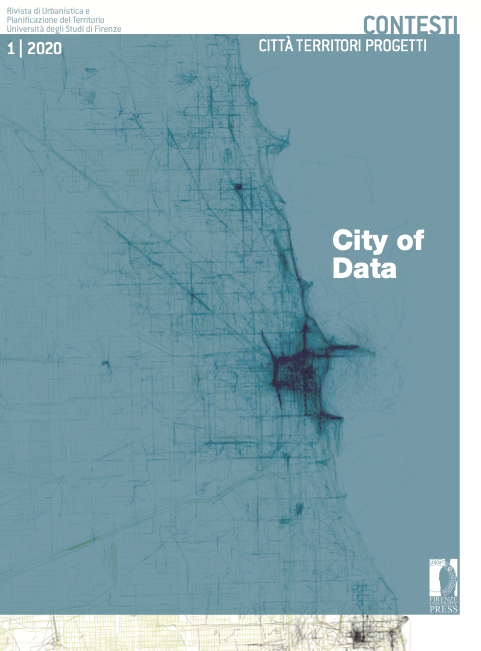Una nuova era nell’uso del telerilevamento a supporto della pianificazione sostenibile del territorio: Big Data e intelligenza artificiale a portata di mano
Published 2020-12-14
Keywords
- remote sensing,
- gig data,
- artificial intelligence,
- copernicus
How to Cite
Abstract
Since the seventies of the last century, remote sensing technologies for Earth observation have generated a constant flow of data from different platforms, in different formats and with different purposes. From these, through successive steps, spatial information useful to support the monitoring and planning of territorial resources is generated. The remotely sensed information is recognized as a classic example of big data ante litteram. Today, new cloud computing technologies (such as Google Earth Engine) make it possible to tackle the complex problem of managing and processing big data from remote sensing with new strategies that have revolutionized the way of understanding the use of these data sources. Also thanks to the advent of artificial intelligence technologies. From experiments on small study areas, today we work globally thanks to the possibility of operationally processing vast multidimensional and multitemporal datasets. The greater availability of information from space is exemplified by the numerous services offered by the European Copernicus program that allow the generation of important information useful to support urban planning, agriculture and sustainable management of forest resources.


